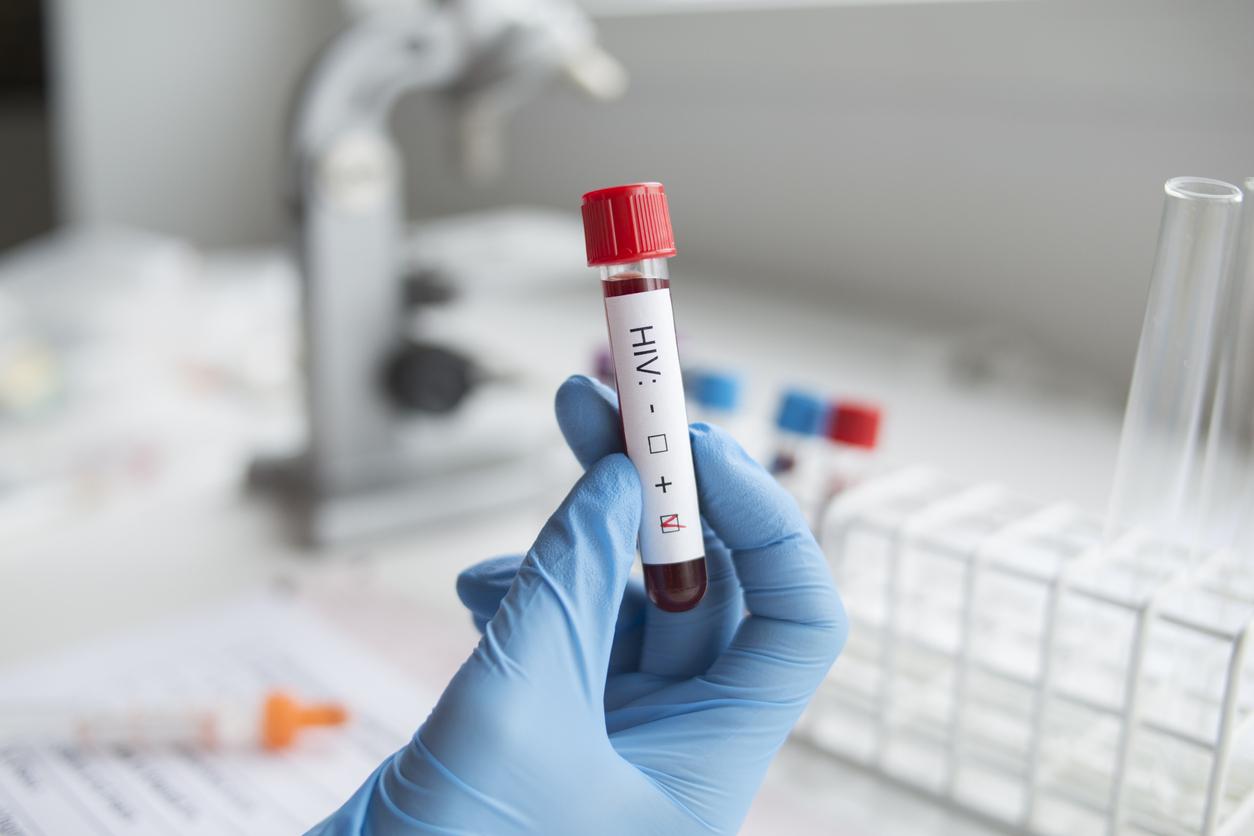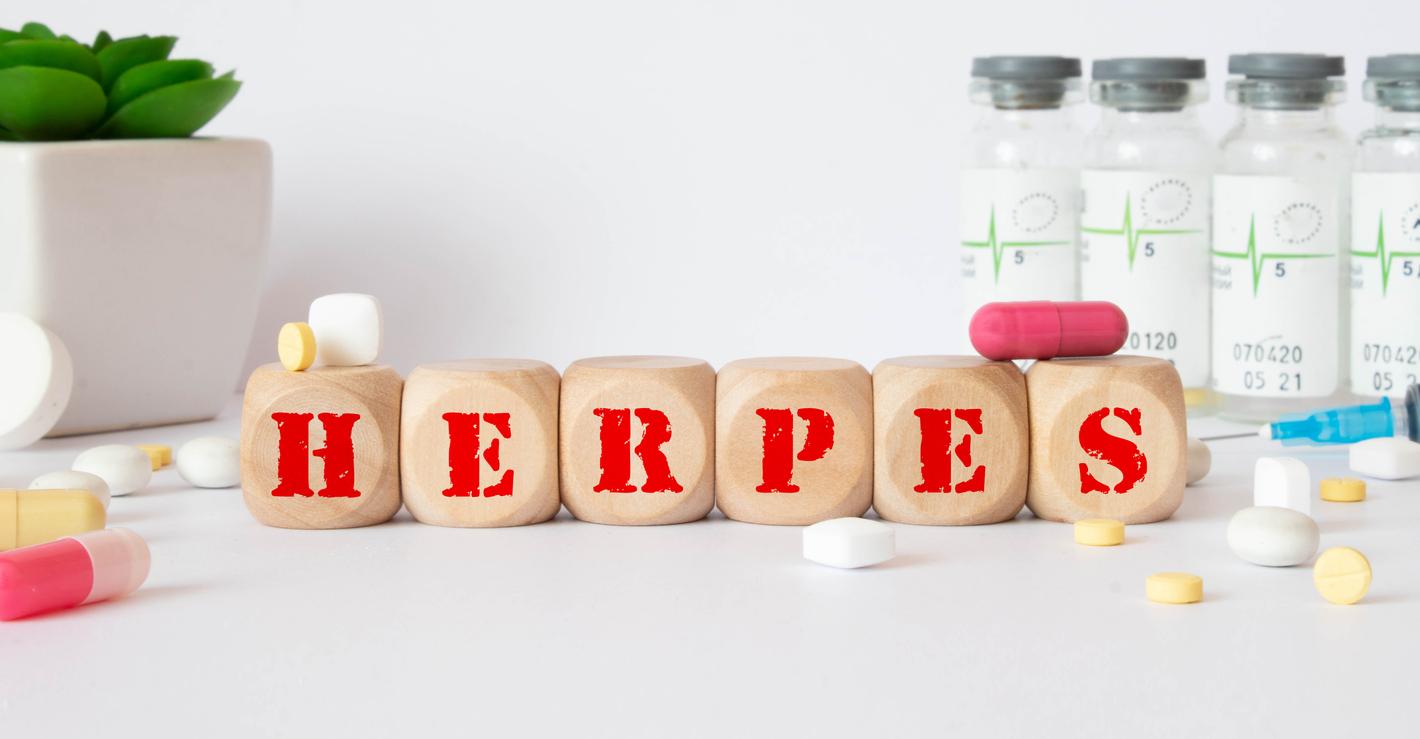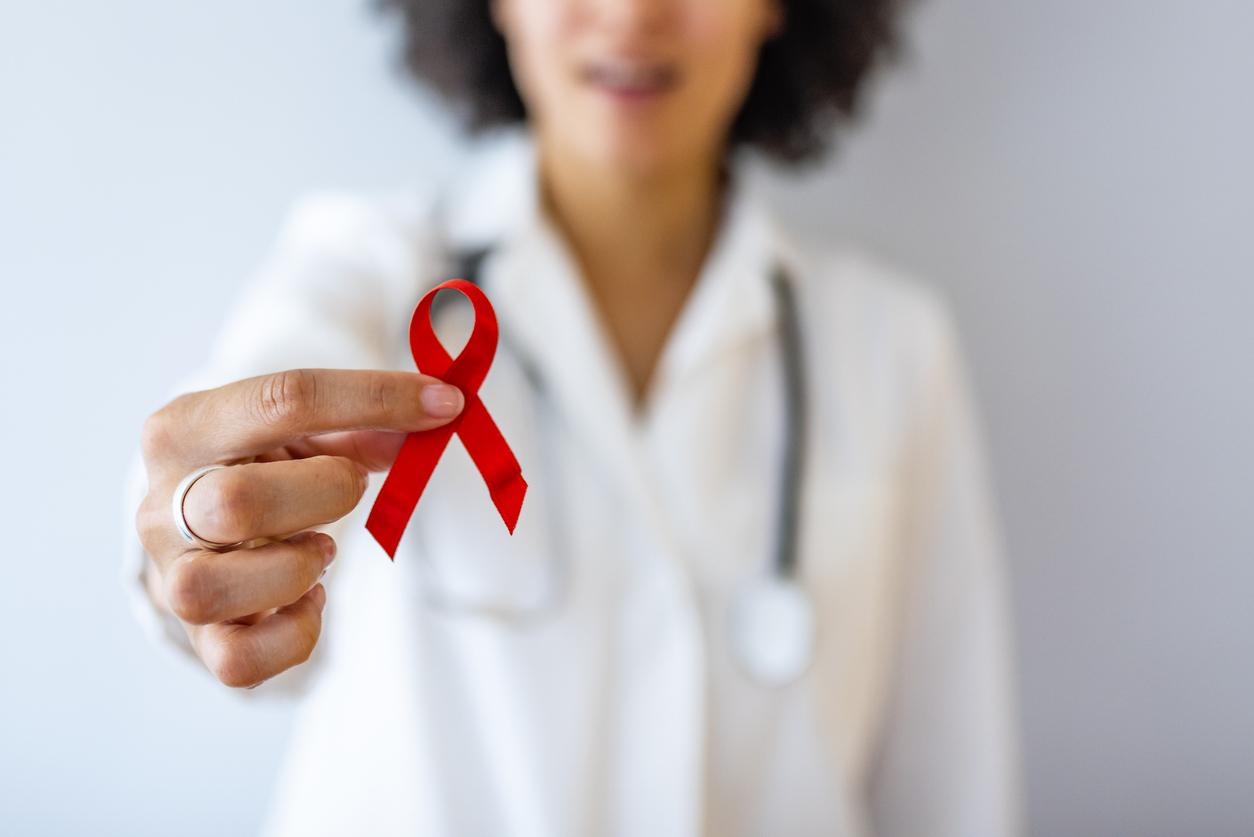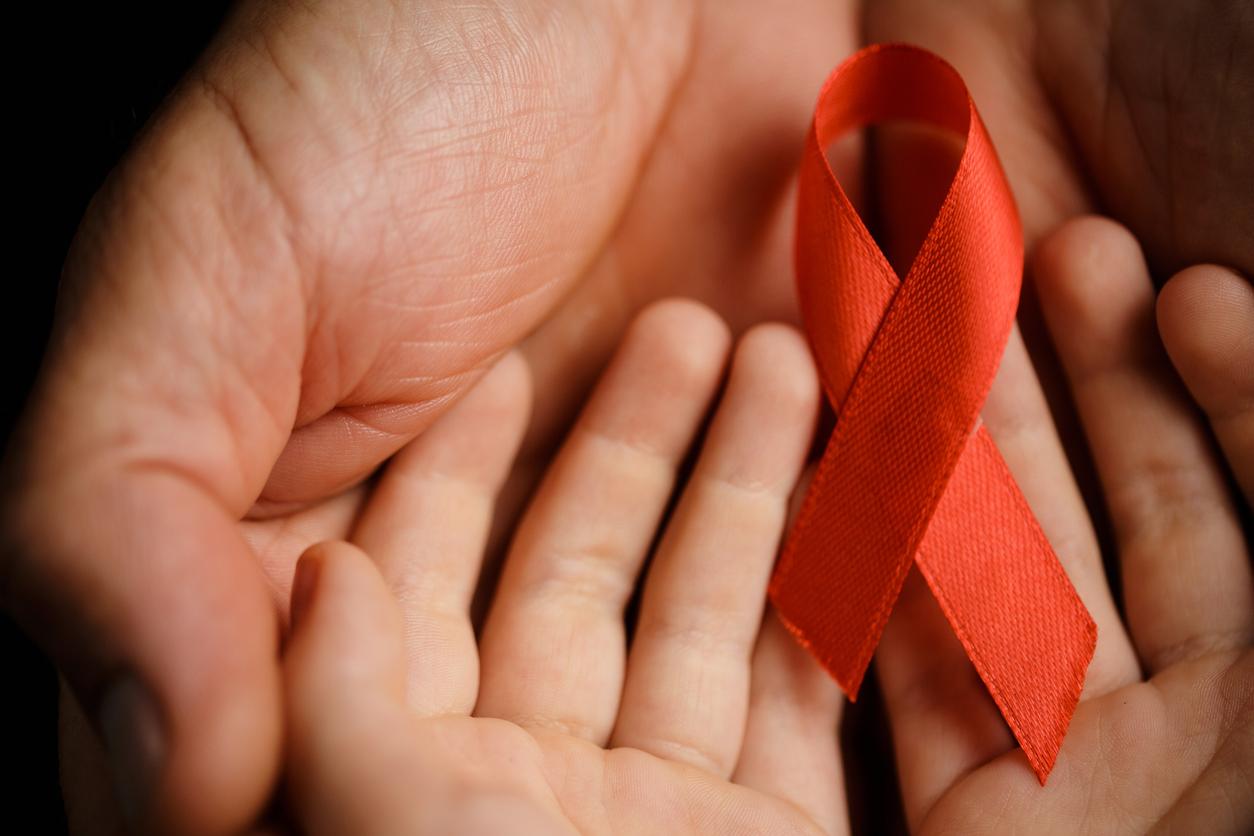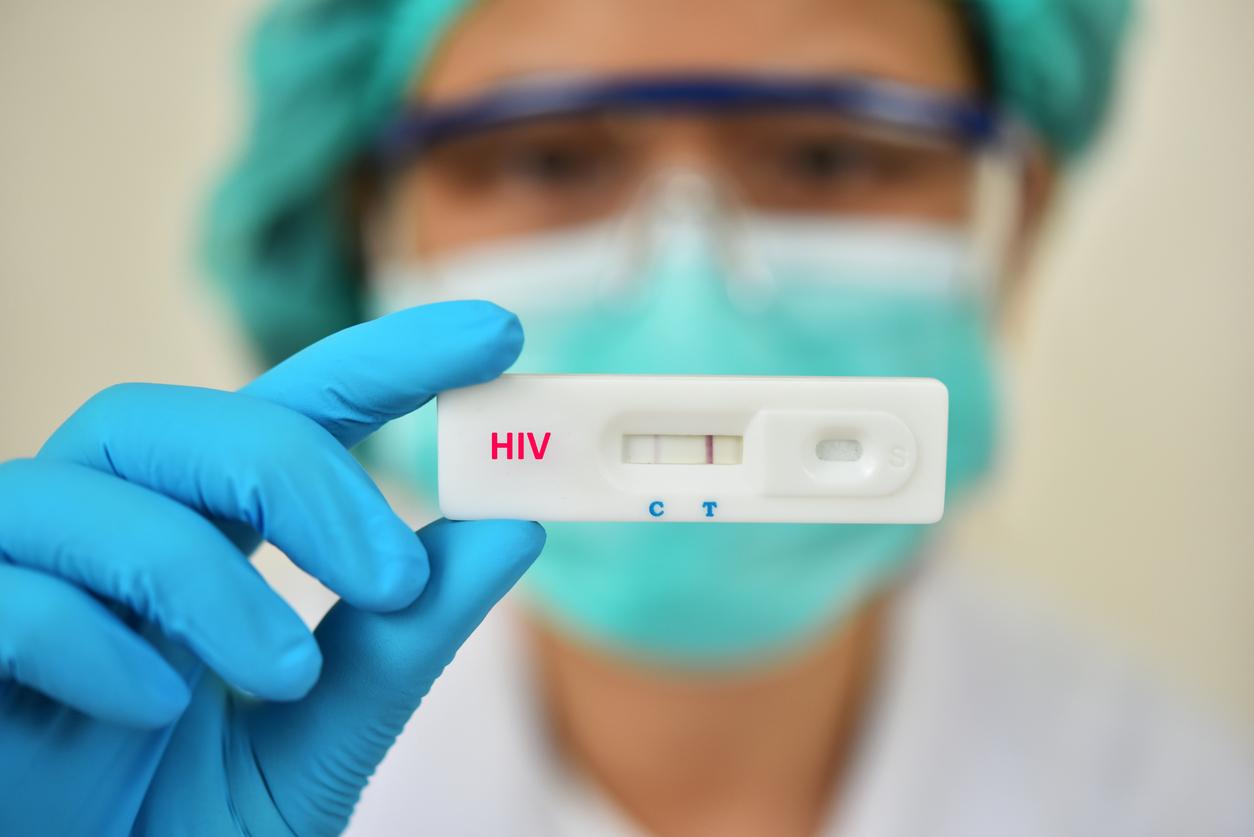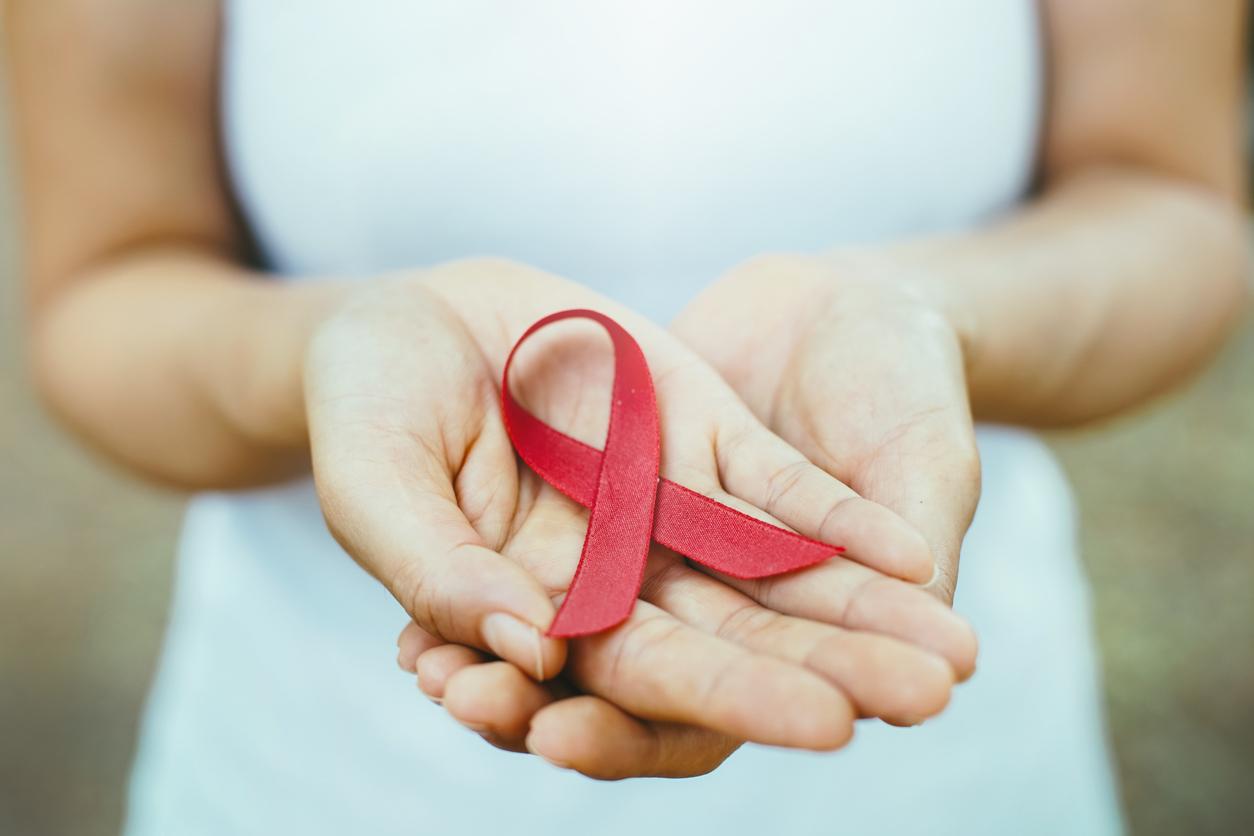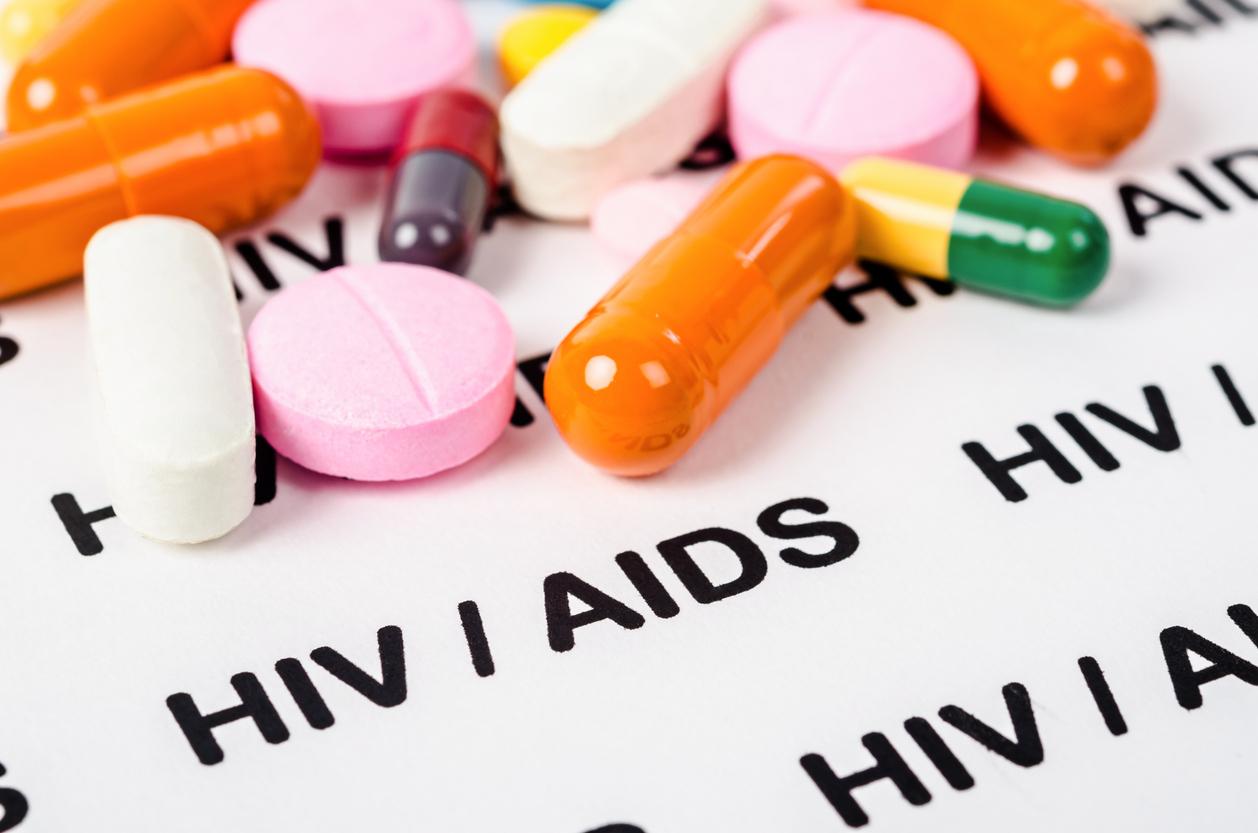New global standards to improve the quality of health care for adolescents have just been developed by WHO and UNAIDS.

This is sad news. Despite the efforts made in recent years, AIDS remains the leading cause of death among adolescents in Africa and the second in the world! Faced with these worrying figures, the health authorities decided to react this Thursday. They have just published new global standards on the quality of health services for adolescents (1). Developed by the World Health Organization (WHO) and theUNAIDS (2) they aim to help “rich or poor” countries to improve the quality of health care provided to 10-19 year olds.
Rapid physical and emotional development
To develop them, the two organizations started from the following premise: “adolescents are a unique group, in a phase of rapid physical and emotional development, but they are often dependent on their parents or guardians”.
The new global standards therefore recommend services that are more responsive to their needs, “by offering free or low-cost consultations, and by providing medically accurate and age-appropriate health information”, it is written in A press release.
They also emphasize the need for adolescents to be able to access services without having to make an appointment or obtain parental consent, while being assured that the consultations will remain confidential and that they will not be victims of discrimination.
“If we want to keep adolescents healthy, we must treat them with respect,” says Dr Anthony Costello, Director of Maternal, Newborn, Child and Adolescent Health at WHO . “Adolescents are particularly vulnerable to certain health problems. The 3 leading causes of death in this age group are road accidents, AIDS-related illnesses and suicide,” he recalls.
Learn how to protect yourself from HIV
A finding that shocks Dr. Mariângela Simão of UNAIDS. This specialist insists that “all adolescents, including in key populations, have the right to be informed and to benefit from services that give them the means to act and protect themselves from HIV”.
“Especially since adolescence is often the time when we adopt essential behaviors that will have repercussions on health in the future,” she notes. For this specialist, the health sector must help people develop healthy habits from adolescence.
Beyond AIDS prevention, the aim of this new policy is also to reduce the number of people who become ill because of their consumption of tobacco or alcohol or the way they eat or exercise.
The urgent need to train health personnel
And there is an urgent need to start this prevention work, according to Dr Valentina Baltag, expert in adolescent health at the WHO, because today, in some countries, “one in five citizens is an adolescent “. A significant figure that does not change mentalities, however, since she also points out that most students in medical or nursing schools graduate “without having the slightest idea of the specific needs of adolescents in terms of access to health care “. “It’s unacceptable,” she insists.
The new WHO and UN standards therefore call for a range of measures including information, counselling, diagnosis, treatment and care services, “going beyond the traditional emphasis on sexual and reproductive health”.
Good news to conclude, “more than 25 low- and middle-income countries have already adopted national standards to improve health services for adolescents”, concludes the WHO.
(1) The “ Global Standards for quality health care services for adolescents » are accompanied by an implementation and evaluation guide that outlines practical steps countries can take to improve health care for adolescents.
(2) UNAIDS is a UN program intended to coordinate the action of the various UN specialized agencies to combat the HIV/AIDS pandemic
1. Road accidents
2. HIV/AIDS
3. Suicide
4. Lower respiratory tract infections
5. Violence
6. Diarrhea
7. Drowning
8. Meningitis
9. Epilepsy
10. Endocrine, blood or immune disorders
Main causes of illness and disability
1. Depression
2. Road accidents
3. Anemia
4. HIV/AIDS
5. Self-harming behaviors
6. Back and neck pain
7. Diarrhea
8. Anxiety Disorders
9. Asthma
10. Lower respiratory tract infections
Source: Data taken from the Global adolescent health report, published by WHO in May 2014.
.









